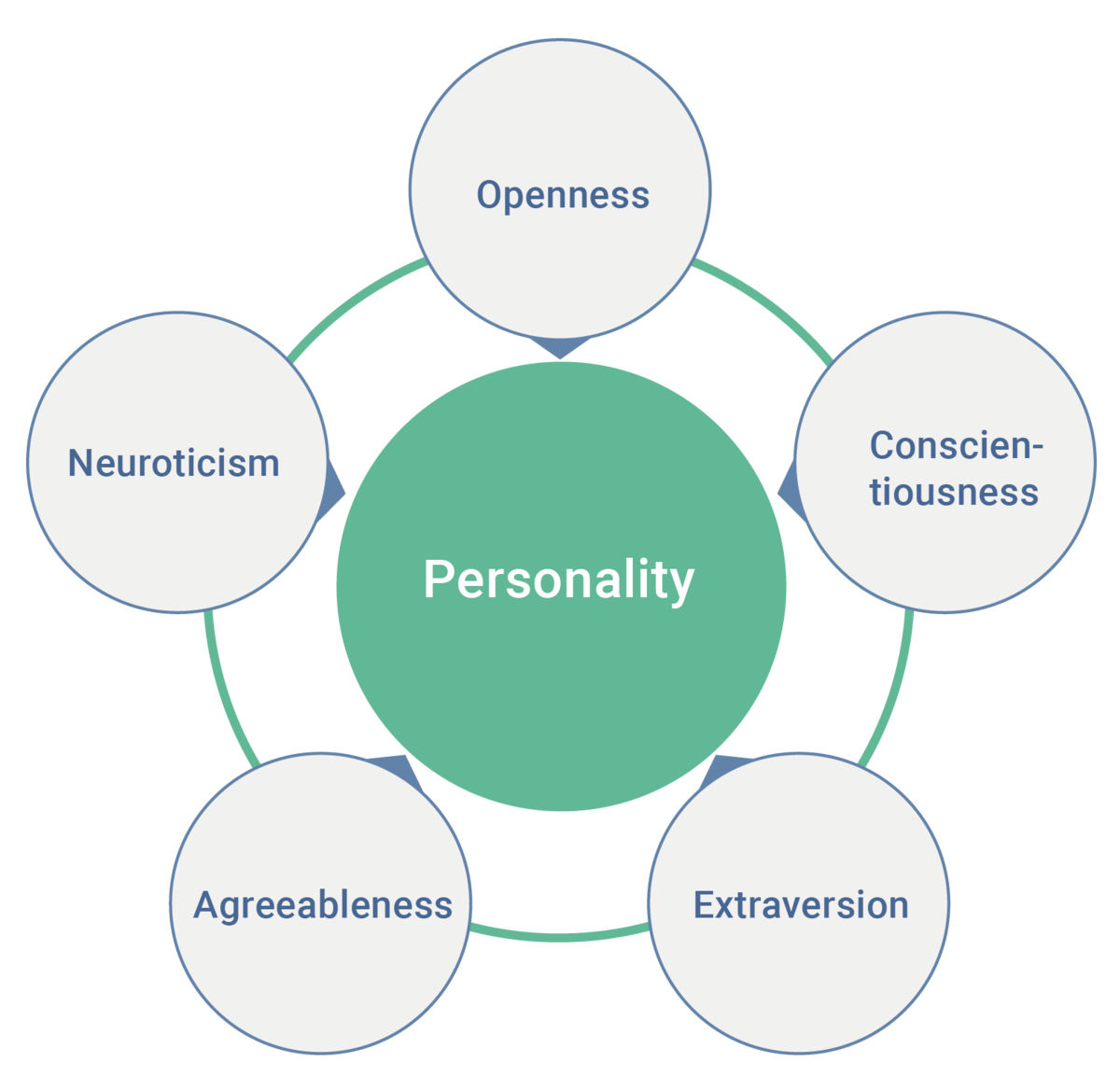In the age of ever decreasing conversion rates, advertisers are looking for new ways to target consumers. At Total Media, we use behavioural science principles to increase the efficiency of our campaigns. One of the key behavioural insights is targeting people by personality traits, which is a particularly effective method of improving purchase motivation. In this blog I’m going to explore how people’s personality traits can be classified in a scientifically valid way and how this classification relates to advertising.

The most popular taxonomy of personality is the five-factor model, also known as the OCEAN model. It comprises of openness to experience, conscientiousness, extraversion, agreeableness and neuroticism. It has been created using a bottom-up method of factor analysis, rather than a theory-driven approach. This method involves asking people how various questions or statements relate to their personality. Then, the correlations between answers are identified, e.g. people who agree to the statement “I like order and tidiness”, also tend to agree to statements such as: “I’m rarely late”, “I stick to rules”, “I like to plan things in advance” etc. When this happens, we can conclude that these traits are driven by an underlying factor and, in this case, we can label the factor as “conscientiousness”. Factor analysis allows researchers to quantify the exact relationships between the traits and construct hierarchies of sub-traits by analysing further correlations between the answers. This contrasts with the top-down theory-driven approach which involves often arbitrary classification of how personality traits should look like according to a certain theoretical framework.
The OCEAN model gives us insights into what factors motivate particular groups. People open to experiences like to try new things, they are intellectually curious, and enjoy novelty and excitement. Advertising which frames the product as novel and unique is likely to appeal more to this audience. For people low in openness to experience, the dominating motivation is preservation and reliance on what is already known. We can optimise advertising for this audience by framing the product as tried and tested by a large customer base. People high in neuroticism are heavily motivated by avoidance of threat and maintenance of the sense of security. Advertising which frames the product as removing threats is likely to be highly appealing. People with high neuroticism also represent the best audience for various security and privacy products. By contrast, people low in neuroticism tend to be risk seekers, adrenaline junkies who enjoy the sense of excitement and thrill.
buy sildenafil
Utilising the congruence between the audience and the way the advert is framed allows us to increase conversion rates by up to 50%. Below are examples of social media adverts for two items (a beauty product and a crossword app) with different frames for extraversion and openness. In section A, we can see how a beauty product can be targeted to highly extraverted people who are motivated by being in the centre of attention, hence the caption of the ad says: “Dance like no one’s watching (but they totally are)”. The message of the ad implicitly conveys that the product enhances physical attractiveness and facilitates social contact. This represents an appeal congruent with highly extraverted traits. By contrast, the ad congruent with low extraversion emphasises personal experience of beauty as part of comfortable me-time. The first ad in section B shows a crossword app in a high openness context. It emphasises the novelty and challenges factors of crosswords and the unlimited nature of crossword combinations. This is likely to appeal to highly open people whose defining feature is novelty-seeking. Conversely, the same product can be advertised using a low openness frame which emphasises that crosswords have been played and enjoyed by people for centuries rather than being a recent and untested invention.






